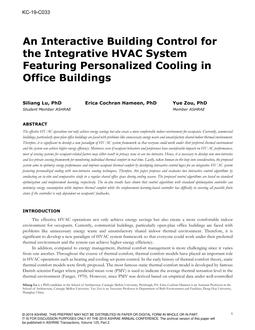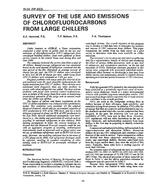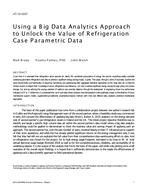Applying insulation to the interior side of the wall often is the only option for a thermal retrofit, especially when heritage buildings are concerned. In order to avoid harmful condensation beneath the interior insulation, most systems include a vapor retarding layer which also reduces the drying potential of the wall. Therefore, vapor-permeable insulation materials have been
developed that are capable of wicking condensing moisture away from the wall/insulation interface back to the surface in contact with the indoor air. A widely used and extensively studied material with such characteristics is Calcium-silicate. Following an increasing demand, several water-wicking insulation materials have appeared on the market. However, there is no consensus yet on how to quantify their efficiency in preventing critical moisture conditions at the interface.
Since the water absorption coefficient of a porous material is dominated by the largest capillaries, this coefficient does not seem appropriate for the characterization of the material’s liquid transport properties in the hygroscopic region. Therefore, a new measuring method for wicking insulation materials has been devised. One side of a laterally sealed material sample is
controlled at a temperature below the dew-point by a Peltier-unit, while the other side is exposed to the air of a climate chamber.
At the dynamic equilibrium of the opposing moisture fluxes (liquid and vapor), moisture distribution recordings are performed using Nuclear magnetic resonance (NMR). This allows the determination of the material’s liquid diffusivity function in the hygroscopic region, whose magnitude is a measure for the wicking efficiency of the material.
Citation: Thermal Performance, International Conference, 2010
Product Details
- Published:
- 2010
- File Size:
- 1 file , 2.6 MB
- Product Code(s):
- D-BUILDINGSXI-26


